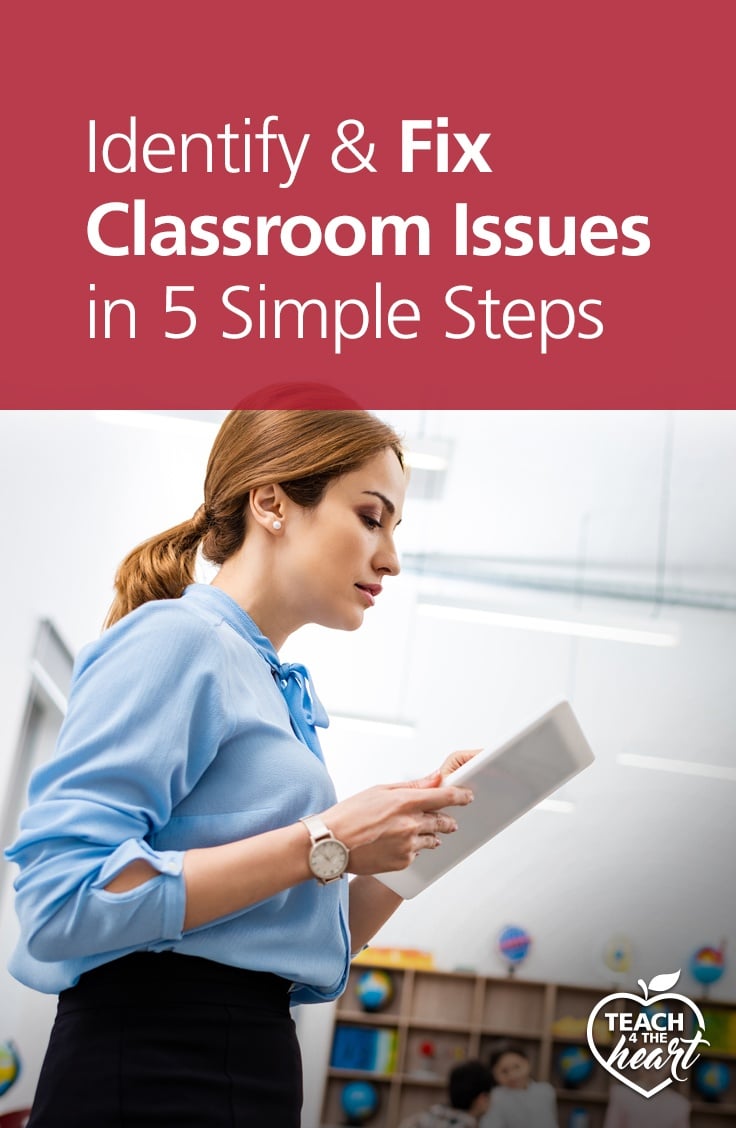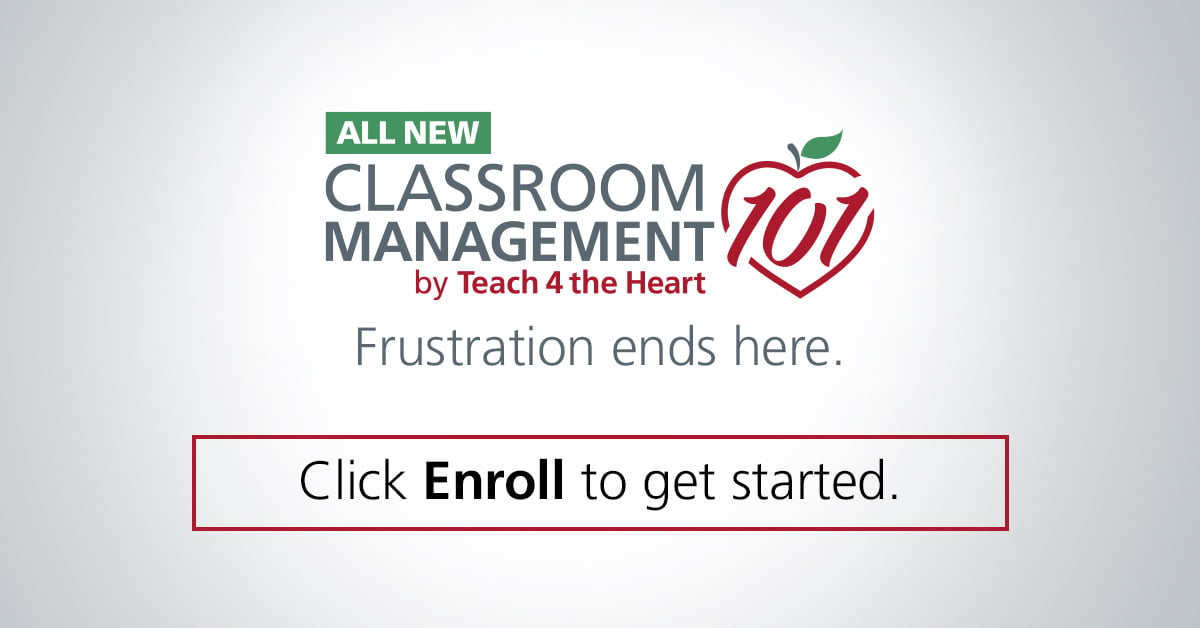
Whether you're heading back in-person or online, the return from Christmas break provides an opportunity to reset your classroom and fix a lot of the issues that may have plagued you in the first semester. Join us to discover a simple 5-step process to tune up your (virtual or in-person) classroom and make things run a bit more smoothly.
listen here:
reset Your Classroom
So how do you use the natural reset button of returning from a break to your advantage? You follow these easy and simple steps!
1. Identify the biggest problem area(s)- The first thing you need to do is identify what has been going poorly until this point. Some examples are: students not following directions, chaos during certain transitions, lack of engagement, or procedures not being followed. If you could fix one, two, or three areas in your classroom, what would they be?
2. Determine what to do differently- Now that you know what needs to be fixed, think through what needs to look different. For example, maybe the start of class has been chaotic- students walking in noisily in-person or chaos once everyone is on the zoom call. Stop and think- what do I want the start of class to look like? Maybe you want students to enter quietly, or to have something to start working on as soon as they come in. If you’re struggling with this, try talking it through with a fellow educator.
3. Plan a way to shake it up- If you start this on day one after the break, you may not need a shake-up. However, implementing one can increase the chances of fixing the issue. Students can get easily stuck in bad habits and have negative inertia of doing things that aren’t working. If we want to change that inertia and turn the ship, we need something that forces a reset. A shake-up is a tangible action that shows students things will be different now.
One way to do this would be to skip a part of your normal routine. For example, if the issue is getting drinks from the water fountain after recess, a shake-up could be skipping getting a drink. Then when you come back to the classroom and students are wondering about it, you can explain that you skipped it because you have a new procedure to teach them around using the water fountain. Another teacher took the coat rack out of her room because the students were being chaotic with hanging up their coats. An easy in-person shake-up is to not let students into your room until you talk with them. Just think of something strange or different to do from normal. One virtual example is having a GIF looping of an epic fail on your screen when students come onto the virtual classroom. When they ask about it, explain that your classroom has an “epic fail” that needs fixing.
4. Re-teach the procedure/expectation- After your shake-up, when students come to you and ask why things are different, teach the new procedure or expectation. This is not the time for a lecture; keep it simple. “This is what we are doing from now on.” You could also model this with a few students. You can’t just tell them about it or have a few kids model, though. Your whole class needs to actually practice the procedure!
If it’s the start of class you’re changing, have your students leave the classroom and come back in the correct way. Practicing right then and there will help students remember it and show that you’re serious about the change. As they re-do the procedure, make sure you correct anyone who is doing it incorrectly and have them re-do it correctly. You can also have the entire class re-do it a second time (or even third) if it doesn’t go well the first time. You can’t just say it; you need them to practice it as much as possible to get out of that bad habit.
5. Correct consistently after shake-up- After your students have learned and practiced the new behavior, it’s very important that you are hypervigilant watching them do the new procedure. You need to keep a close eye on it and be very consistent about enforcing the new procedure. Of course, you’re praising and being patient with them, but you also need to be insistent that things are done right. Have students correct and re-do anything that goes wrong for a week or two and then you won’t need to be as vigilant.
Following these simple steps, especially after a school break, should help your classroom run more smoothly. If you need ideas on implementing a shake-up or how to fix a problem area, please join our Facebook group and collaborate with thousands of other Christian teachers here.
If you’re having trouble with Classroom Management beyond just a few tweaks, please join us in the All-New Classroom Management 101. This course help you implement a classroom management plan that works so you can stop being frustrated by student misbehavior & actually enjoy teaching again!
resources mentioned:
spread the word!
Did you find this post helpful? Clue in your fellow teachers by sharing the post directly (just copy the URL) or by clicking one of the buttons to automatically share on social media.

This article may contain affiliate links. This means that if you purchase a resource after clicking the link, Teach 4 the Heart may receive a small commission at no extra cost to you. Thanks for helping support Teach 4 the Heart in this way.

